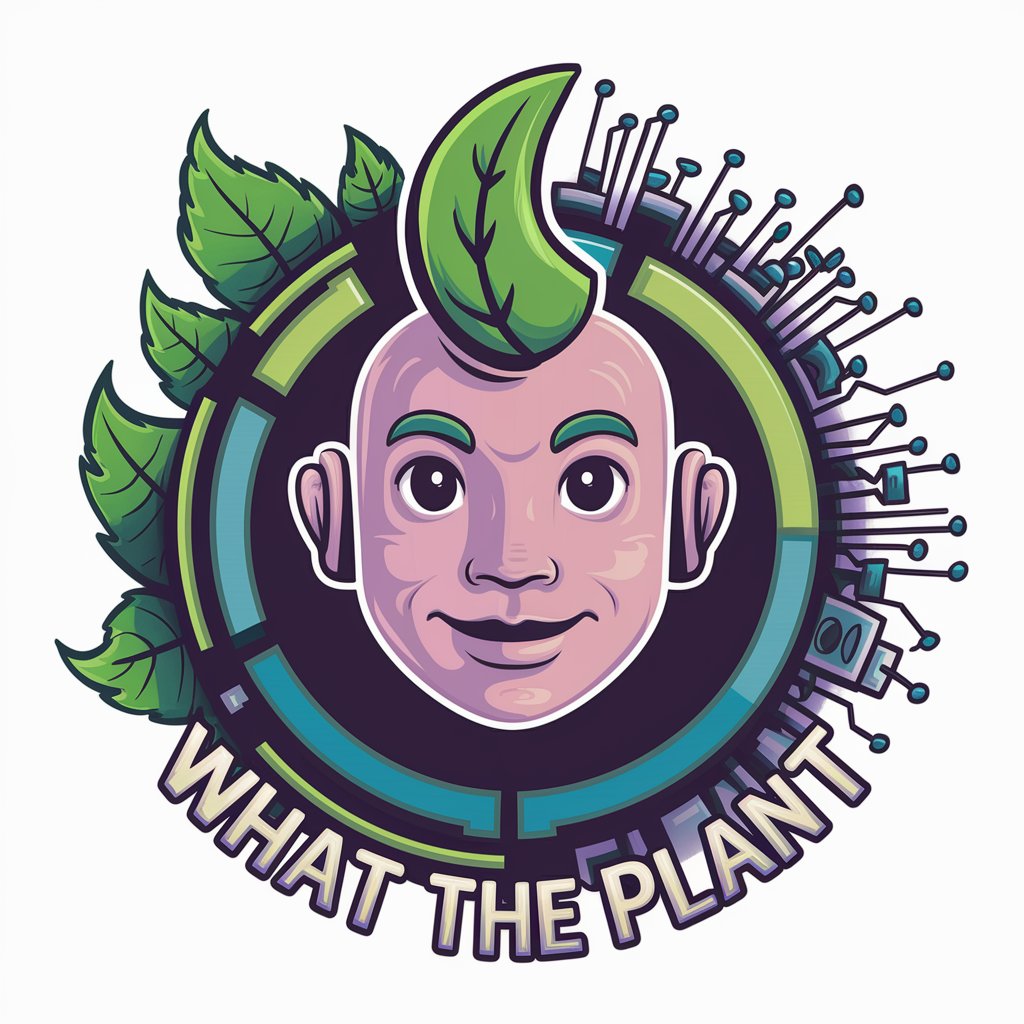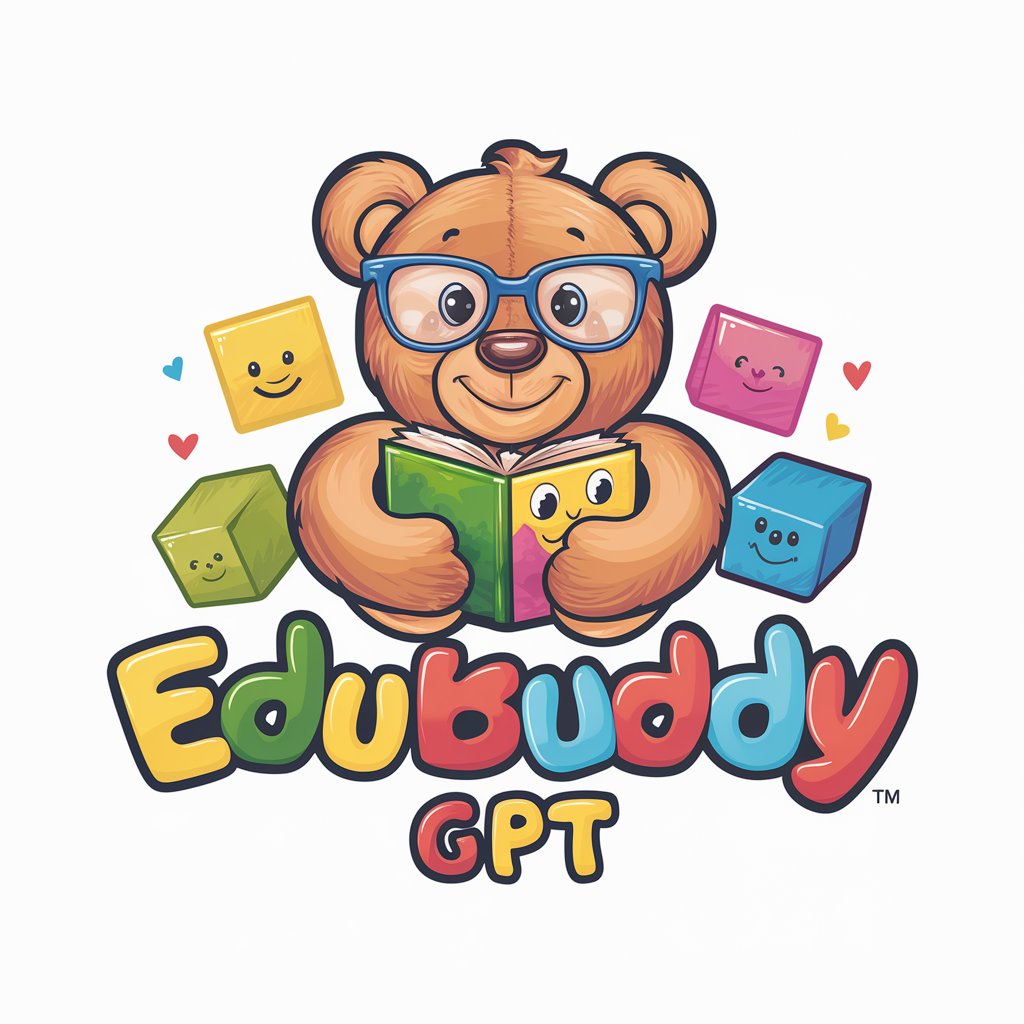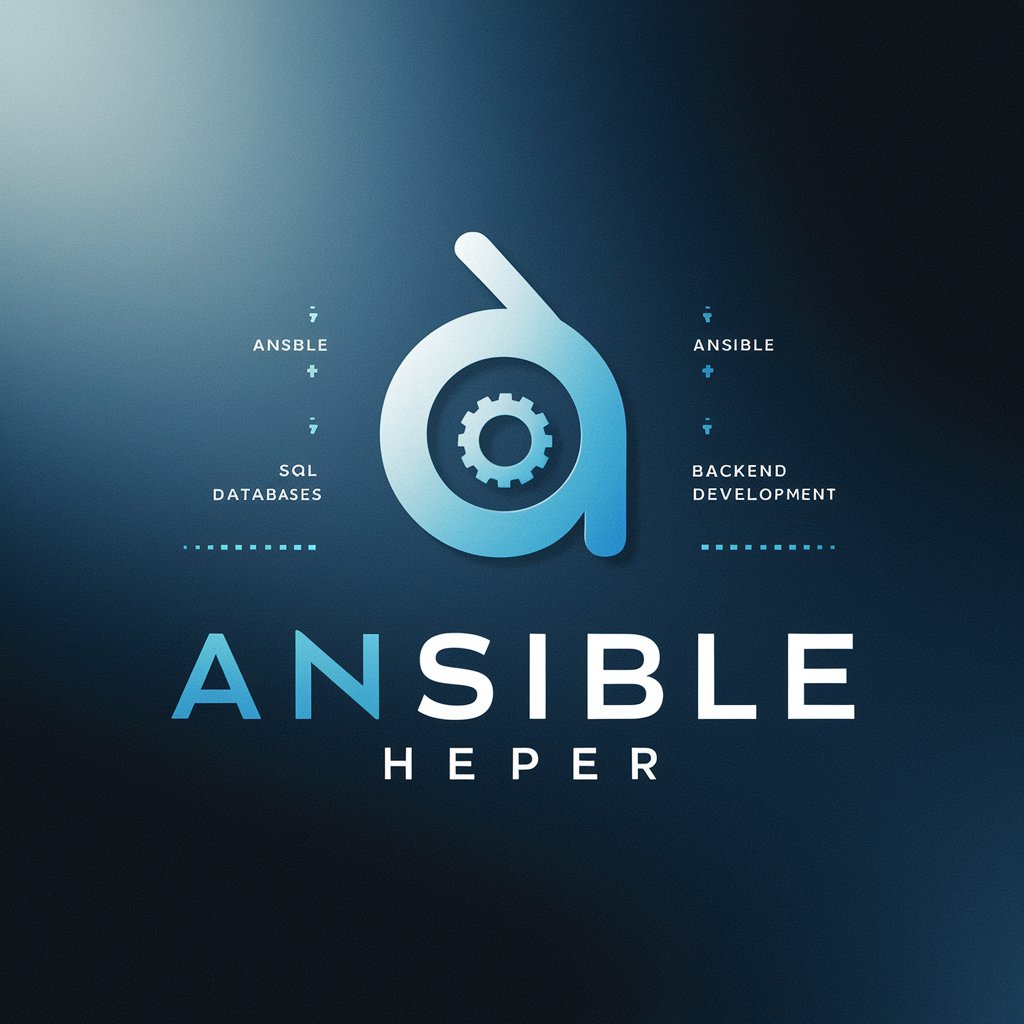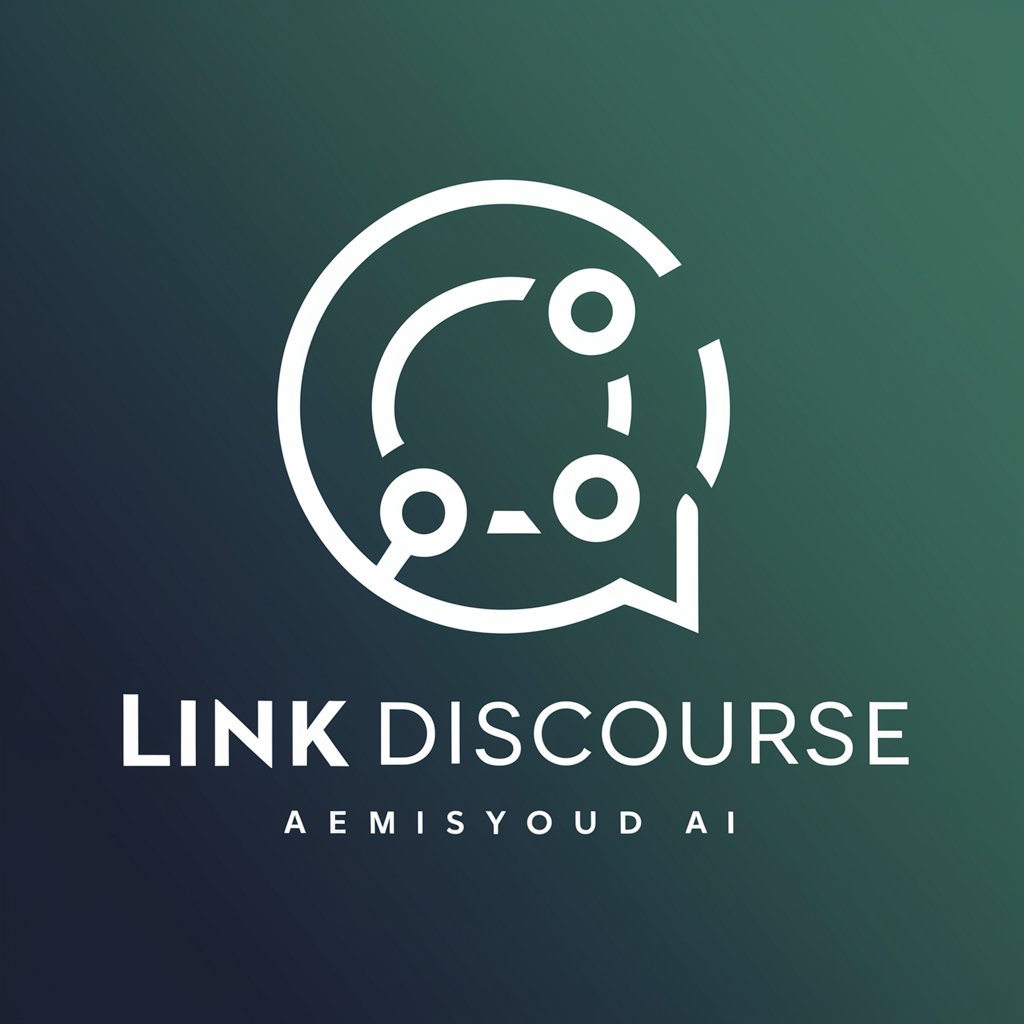Breast Cancer - Breast Cancer Info Tool

Hello, I'm here to provide information on breast cancer and support resources.
Empowering through AI-driven Breast Cancer Insights
Can you explain the different types of breast cancer?
What are the common methods for detecting breast cancer?
What treatment options are available for breast cancer patients?
Where can individuals find support and resources after a breast cancer diagnosis?
Get Embed Code
Introduction to Breast Cancer GPT
Breast Cancer GPT is designed to address a wide range of topics related to breast cancer, encompassing its various types, detection methods, treatment options, and available support resources. The primary goal is to provide users with accurate, up-to-date information on breast cancer in a medical and informative tone. This GPT aims to guide individuals through the complexities of breast cancer by offering insights into the latest research, treatment advancements, and supportive care options. For example, it can explain the differences between invasive and non-invasive breast cancer, detail the significance of hormone receptor status in treatment planning, or outline the steps of a mammogram procedure. By leveraging a vast database of medical knowledge, this GPT offers detailed explanations, ensures clarity in communication, and promotes an understanding of breast cancer's multifaceted nature. Powered by ChatGPT-4o。

Main Functions of Breast Cancer GPT
Educational Information
Example
Explaining the types of breast cancer, such as ductal carcinoma in situ (DCIS) and invasive ductal carcinoma (IDC).
Scenario
A user unfamiliar with breast cancer types receives a comprehensive overview, aiding in their understanding and discussions with healthcare providers.
Guidance on Detection and Diagnosis
Example
Outlining the process and importance of mammography, biopsy procedures, and genetic testing for BRCA mutations.
Scenario
Someone concerned about their breast cancer risk learns about diagnostic procedures, preparing them for potential steps in their healthcare journey.
Treatment Options Overview
Example
Describing various treatment methods, including surgery, chemotherapy, radiation therapy, and targeted therapy, and discussing factors that influence treatment choices.
Scenario
A patient diagnosed with breast cancer explores treatment alternatives, gaining insights that help in making informed decisions about their care plan.
Support Resources and Counseling
Example
Providing information on support groups, counseling services, and resources for emotional, financial, and social support.
Scenario
An individual affected by breast cancer, or their loved ones, finds avenues for support and community, easing the emotional burden of the disease.
Ideal Users of Breast Cancer GPT Services
Patients and Survivors
Individuals diagnosed with breast cancer or those who have overcome the disease can benefit from tailored information on treatment, recovery, and prevention of recurrence. This GPT can offer personalized, detailed insights into navigating life with and after breast cancer.
Family Members and Caregivers
Loved ones involved in the care of someone with breast cancer will find the GPT's guidance on supporting patients, understanding treatment options, and managing caregiving responsibilities invaluable.
Healthcare Professionals
Medical students, nurses, and doctors looking to supplement their knowledge with the latest information on breast cancer management, research updates, and patient support strategies can utilize this GPT as an educational resource.
General Public Interested in Awareness
Individuals seeking to educate themselves about breast cancer, including its risks, prevention methods, and ways to support affected friends or family, will find the GPT's comprehensive information accessible and enlightening.

Guidelines for Using Breast Cancer Information Tool
Start with YesChat
Initiate your journey by visiting yeschat.ai for a hassle-free trial that doesn't require any login or subscription to ChatGPT Plus.
Identify Your Needs
Consider what you're looking to learn or understand about breast cancer, whether it's types, detection methods, treatment options, or support resources.
Engage with the Tool
Use the chat interface to ask specific questions about breast cancer. Be as detailed as possible to receive tailored, comprehensive responses.
Review Provided Information
Carefully read through the information provided. It covers a wide range of topics from medical insights to support guidance, ensuring a deep understanding.
Seek Professional Advice
Remember to consult with healthcare professionals for personal medical advice or diagnosis. This tool is designed for informational purposes only.
Try other advanced and practical GPTs
Gerador de Palavras Chaves Grátis
Unlock SEO Success with AI-Driven Keywords

Fact Checker
Unveil the truth with AI precision.

Coding Helper
Empower Your Code with AI

"ነገረፈጅ"
Empowering legal insight with AI

What the Plant
Discover and Care for Plants with AI

Bird Feeders
Bringing nature closer with AI

Asimov Explorer
Dive into Asimov's universe with AI-powered exploration.

Ask The Bible
Divinely Inspired Answers at Your Fingertips

EduBuddy GPT
Empowering Early Learning with AI

Equity Explorer
Navigate the stock market with AI-powered insights.

Ansible Helper
Empowering Automation with AI

Link Discourse
Engage in Rich, AI-Powered Conversations

Detailed Q&A About Breast Cancer Information Tool
What types of breast cancer can this tool provide information on?
This tool covers a wide array of breast cancer types, including but not limited to, invasive ductal carcinoma, invasive lobular carcinoma, ductal carcinoma in situ, and triple-negative breast cancer, offering insights into symptoms, diagnosis procedures, and treatment options.
How can this tool help in understanding breast cancer detection methods?
It provides detailed information on various detection methods such as mammograms, breast MRIs, ultrasounds, and biopsies, explaining how they work, their effectiveness, and what individuals can expect during the process.
What treatment options does the tool cover for breast cancer?
The tool explores a range of treatment options, including surgery (lumpectomy, mastectomy), radiation therapy, chemotherapy, hormone therapy, and targeted therapy, detailing their purposes, processes, and potential side effects.
Can this tool offer advice on where to find support for breast cancer?
Yes, it guides users to reputable support resources, including support groups, counseling services, and patient advocacy organizations, emphasizing the importance of emotional and social support during treatment and recovery.
Does the tool provide updates on the latest breast cancer research and advancements?
Indeed, it keeps users informed about the latest research, clinical trials, and emerging treatment options, helping them stay abreast of new developments in the field of breast cancer.
